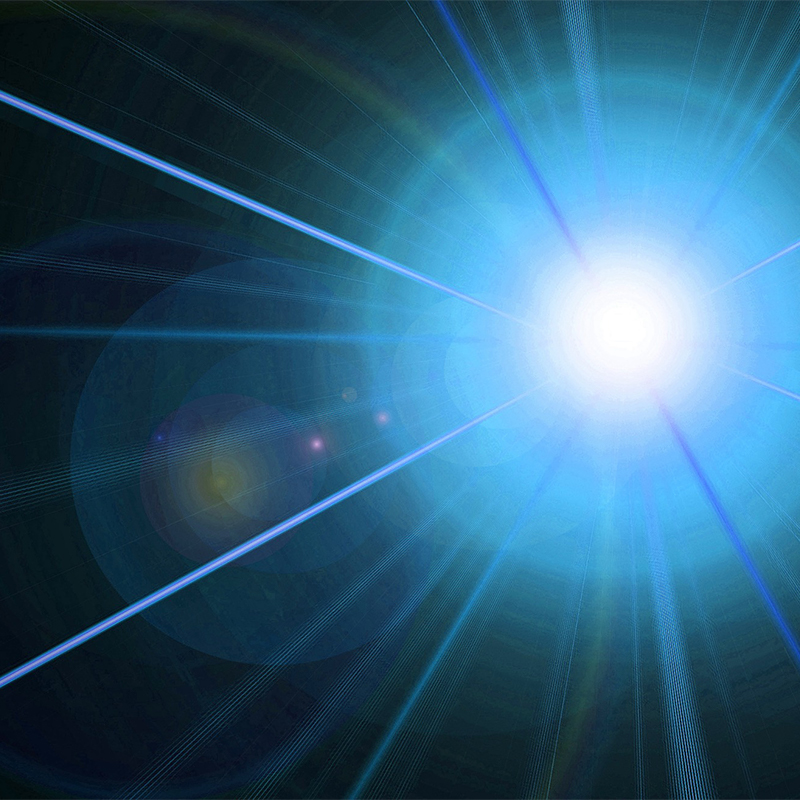For the last few years we have been exploring the possible role of consciousness in the physical world through an effect known as the quantum measurement problem (QMP). This refers to a curious phenomenon whereby quantum objects behave differently when they are observed than when they are not observed. It’s as though the microscopic world has a “sense of being stared at,” reminiscent of the prickly feeling that some people feel when someone is staring at them a little too intensely.
The QMP is a problem because it violates the common-sense doctrine of realism, which assumes that the world at large is independent of observation. If that doctrine turns out to be even slightly wrong, then some aspect of consciousness may play a key role in the manifestation of the physical world, as some of the world’s esoteric and mystical traditions, and a good portion of Eastern philosophy, have long maintained.
You can download an article describing these experiments, published in the journal Physics Essays.
This is the article’s abstract:
Consciousness and the double-slit interference pattern: Six experiments
Dean Radin, Leena Michel, Karla Galdamez, Paul Wendland, Robert Rickenbach, and Arnaud Delorme
Abstract: A double-slit optical system was used to test the possible role of consciousness in the collapse of the quantum wavefunction. The ratio of the interference pattern’s double-slit spectral power to its single-slit spectral power was predicted to decrease when attention was focused toward the double slit as compared to away from it. Each test session consisted of 40 counterbalanced attention-toward and attention-away epochs, where each epoch lasted between 15 and 30 s. Data contributed by 137 people in six experiments, involving a total of 250 test sessions, indicate that on average the spectral ratio decreased as predicted (z=–4:36, p=6×10–6). Another 250 control sessions conducted without observers present tested hardware, software, and analytical procedures for potential artifacts; none were identified (z=0:43, p=0:67). Variables including temperature, vibration, and signal drift were also tested, and no spurious influences were identified. By contrast, factors associated with consciousness, such as meditation experience, electrocortical markers of focused attention, and psychological factors including openness and absorption, significantly correlated in predicted ways with perturbations in the double-slit interference pattern. The results appear to be consistent with a consciousness-related interpretation of the quantum measurement problem.
Copyright 2012 Physics Essays Publication. [DOI: 10.4006/0836-1398-25.2.157]
